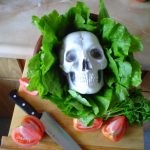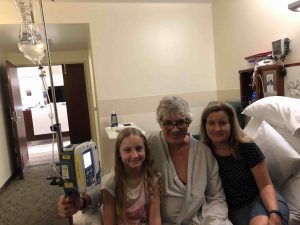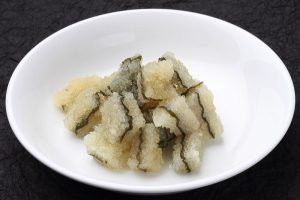In 2005, after Chapman was afraid he’d be eaten by bears in Prince George, BC (that’s in Canada) we met with Phebus at a pub in beautiful Manhattan, Kansas, and crafted a research project idea to see how people actually cooked raw chicken thingies (maybe it was 2006, my memory is shit).
 The American Meat Institute funded it, we wrote a paper (which was not our best writing), but seems sort of apt now that 555 Canadians have been laboratory confirmed with Salmonella from raw frozen chicken thingies.
The American Meat Institute funded it, we wrote a paper (which was not our best writing), but seems sort of apt now that 555 Canadians have been laboratory confirmed with Salmonella from raw frozen chicken thingies.
Jordyn Posluns of Narcity reports:
The Public Health Agency of Canada indicated that of those affected by the salmonella outbreaks, 92 individuals were hospitalized. Three people have also died in connection to the outbreaks.
Like many infections, salmonella doesn’t discriminate those infected by the contaminated chicken products were Canadians of a wide range of ages and of different genders.
Direct video observation of adults and tweens cooking raw frozen chicken thingies
01.nov.09
British Food Journal, Vol 111, Issue 9, p 915-929
Sarah DeDonder, Casey J. Jacob, Brae V. Surgeoner, Benjamin Chapman, Randall Phebus, Douglas A. Powell
The purpose of the present study was to observe the preparation practices of both adult and young consumers using frozen, uncooked, breaded chicken products, which were previously involved in outbreaks linked to consumer mishandling. The study also sought to observe behaviors of adolescents as home food preparers. Finally, the study aimed to compare food handler behaviors with those prescribed on product labels.
Design/methodology/approach – The study sought, through video observation and self-report surveys, to determine if differences exist between consumers’ intent and actual behavior.
Findings – A survey study of consumer reactions to safe food-handling labels on raw meat and poultry products suggested that instructions for safe handling found on labels had only limited influence on consumer practices. The labels studied by these researchers were found on the packaging of chicken products examined in the current study alongside step-by-step cooking instructions. Observational techniques, as mentioned above, provide a different perception of consumer behaviors. Originality/value – This paper finds areas that have not been studied in previous observational research and is an excellent addition to existing literature.












